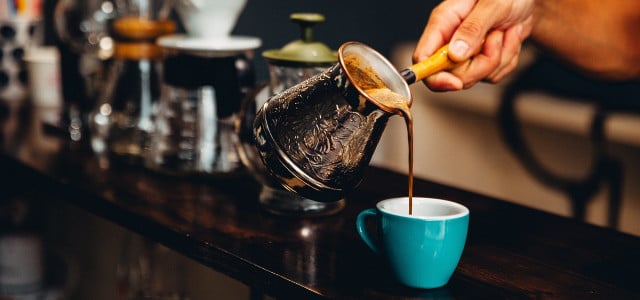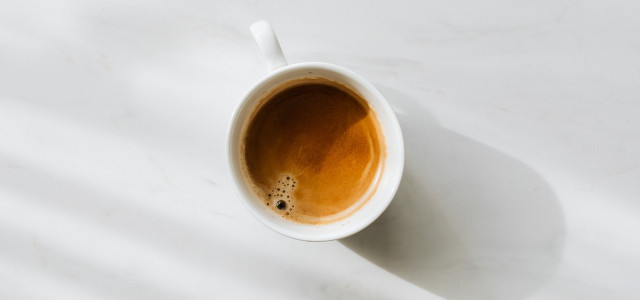What is specialty coffee, and what makes it different from regular brews? This is where specialty coffee comes from and how to make it sustainable.
These days, we are spoiled for choice at coffee shops and cafes — with the option of caramel macchiatos, espresso con pannas, cold foams, mistos, vanilla sweet creams and java chip frappuccinos, to name a few. Not to mention the long list of coffees available to brew at home. If you’re a fan of coffee pod capsules, keep it sustainable by trying reusable Nespresso pods or learning how to reuse Keurig pods.
Specialty coffee refers to a specific top-tier range of coffees that are judged on their aroma, taste and color. But what is specialty coffee, exactly? Below, we’ll discuss what it is and whether it is sustainable.
What Is Specialty Coffee?
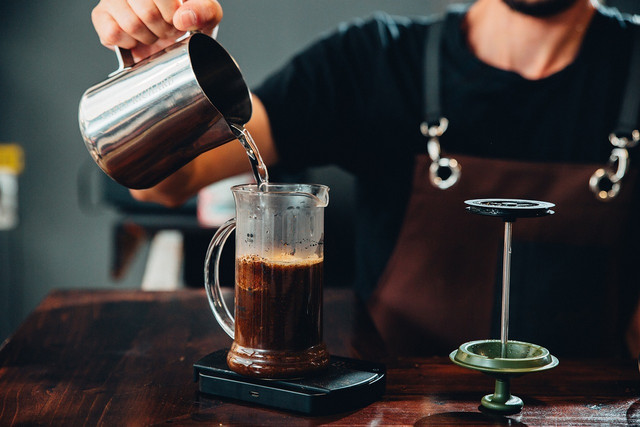
Specialty coffee refers to high-quality coffee grown, processed and roasted to produce the best flavor and is then ranked on a scale of 80-100 by specialist Q-graders. The graders assess the taste and aroma of the coffee and score the green, raw coffee beans on factors like color and smell.
Technically any coffee can be a specialty coffee if it receives a score of at least 80, but most specialty coffees are from arabica beans. Arabica coffee has a more aromatic smell and milder taste than its counterpart, robusta. Some examples of Arabica are:
- Bourbon: A buttery, nutty flavor, low acidity and smooth consistency.
- Gesha/Geisha: Known for its fruity and floral flavor, its unique taste and low yield mean that it is one of the most expensive coffees in the world.
Specialty coffee requires specific growing conditions. In fact, the taste of coffee significantly changes depending on the altitude the coffee beans are grown at. Here is how altitude can affect flavor:
- Below 2,500 feet: mild or earthy.
- 2,500-3,000 feet: sweet with low acidity.
- 3,000-4,000 feet: citrusy, chocolatey, nutty with notes of vanilla.
- Above 4,000 feet: floral, fruity, spicy.
Another essential criterion for specialty coffee is picking it at the right time and roasting it quickly. The longer green coffee beans are left before roasting, the more flavor they lose.
Because of these unique conditions, specialty coffee is considered very high quality. It fetches a higher market price due to the low yield and challenges involved in harvesting. Quality, not quantity, is important for specialty coffee — hence the higher price. Specialty coffee encourages ethical production from the source to the shelf, learn more about fair-trade coffees, and their importance.
Now that we’ve answered the question of “What is specialty coffee?” let’s move on to some other interesting points.
How Is Coffee Graded?
Coffee is graded on a 100-point scale by expert coffee graders called Q graders, who use a standard scoring sheet to assess quality. Q-graders are certified by the Coffee Quality Institute (CQI) or Specialty Coffee Association (SCA), which aim to improve coffee quality and production. Coffee scoring between 80-100 on the scale is considered a specialty coffee. The SCA and CQI are non-profit, member-based organizations that include growers, roasters and baristas. The members share a common goal to produce sustainable specialty coffee from grower to coffee shop by providing education at each step of the coffee production process.
After the coffee bean has been scored on color, shape and aroma, graders pour hot water onto the coffee grounds, which brew for five minutes. This process is known as “cupping.” They then sniff the brewed coffee and slurp a spoonful. The Q grader then scores on body, acidity, aftertaste, feel and sweetness. Q graders can detect hints of chocolate, berries, or caramel in coffee, allowing them to determine where it was grown.
Is Specialty Coffee Sustainable?
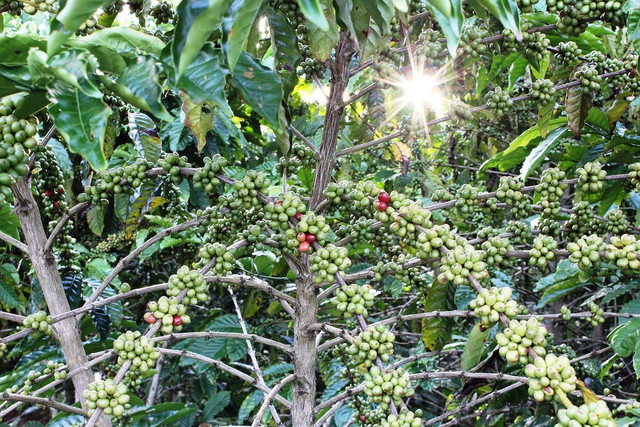


Coffee comes from the tropical evergreen plant Coffea. The seeds of this plant, found in the cherries of some species of Coffea, are the coffee “beans” we roast and grind to make our favorite drinks. Unfortunately, coffee production can alter tropical rainforest ecosystems, and specialty coffee can only grow at high altitudes above 2,500 feet. Research carried out by the EU-funded BIODIVERSITYALTITUDE initiative found that biodiversity increases with altitude, up to a peak of 4,200 and 5,900 feet. That means specialty coffee growers are planting coffee in areas with high biodiversity, potentially negatively impacting unique environments.
Large areas of virgin rainforest must be cleared to establish coffee farms, causing biodiversity loss and soil erosion. Pesticide and fertilizer use can also lead to water pollution and soil contamination. Coffee plantations also demand a massive surge in water production.
According to one UNESCO study, 140 liters of water are needed to produce just one standard-sized cup of coffee.
Furthermore, 50 billion coffee cups are thrown away annually in the US, resulting in unnecessary landfill waste. Using reusable coffee cups is an easy way to combat climate change in your everyday life. You can also reduce waste by reusing coffee grounds for other purposes.
Sustainable Specialty Coffee Farming
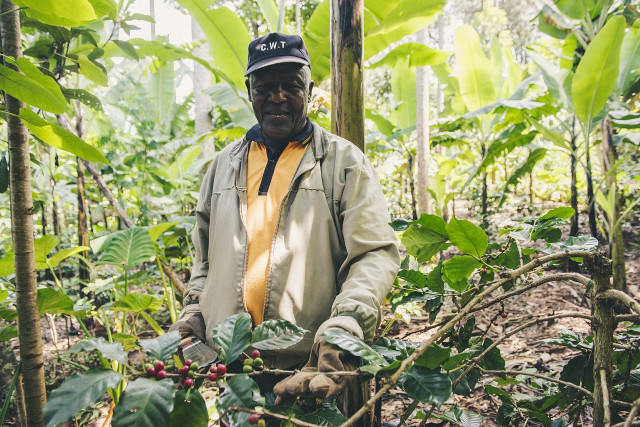


As we’ve discussed, specialty coffee is graded on factors like coffee bean shape, aroma and taste. But for coffee to be classed as “specialty,” it must come from a sustainable source. Specialty coffee farmers use sustainable agriculture methods such as ethical crop management, water use, organic farming and reforestation. Some examples of how coffee plantations can be more sustainable are:
- Rustic coffee plantations: Coffee plants are planted in the forest understory, which doesn’t significantly affect the overstory. Natural processes continue, and biodiversity isn’t affected — in fact, it is sometimes improved. Management is less intensive, and fertilizers are organic, but coffee yields are lower.
- Traditional polyculture: Coffee plants are originally planted under the native forest canopy, but over time some trees are removed and replaced, creating a mixed herb layer. Pesticides and fertilizers are not usually used.
These can be implemented on a small scale, so they are perfect for specialty coffee with a lower yield than regular. A life-cycle assessment of specialty coffee production in Guatemala found that transportation had the highest environmental impact, and the effect from farming was relatively low. This life-cycle assessment also included the emissions emitted from processing, where a large amount of diesel is needed to fuel the roaster daily; however, transportation emissions surpassed those.
So, it’s crucial to reduce transportation-related emissions in the coffee-making process. This could be accomplished by using more fuel-efficient vehicles or even electric vehicles.
Read more:
- Fair Trade Coffee: 9 Brands to Start Your Day
- Matcha vs. Coffee: Which Is Healthier & More Sustainable?
- Can You Eat Coffee Beans? Benefits, Drawbacks & Limits
Do you like this post?






